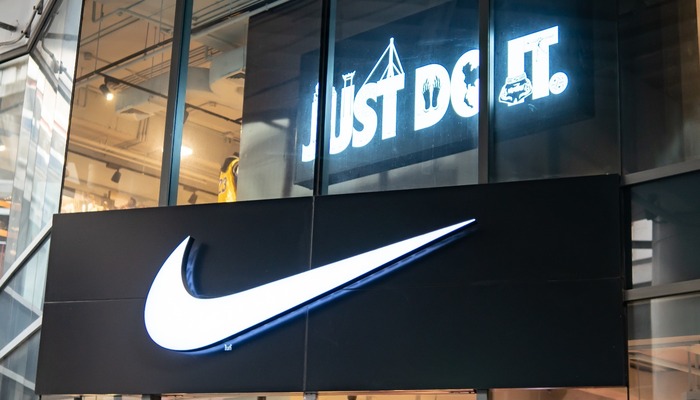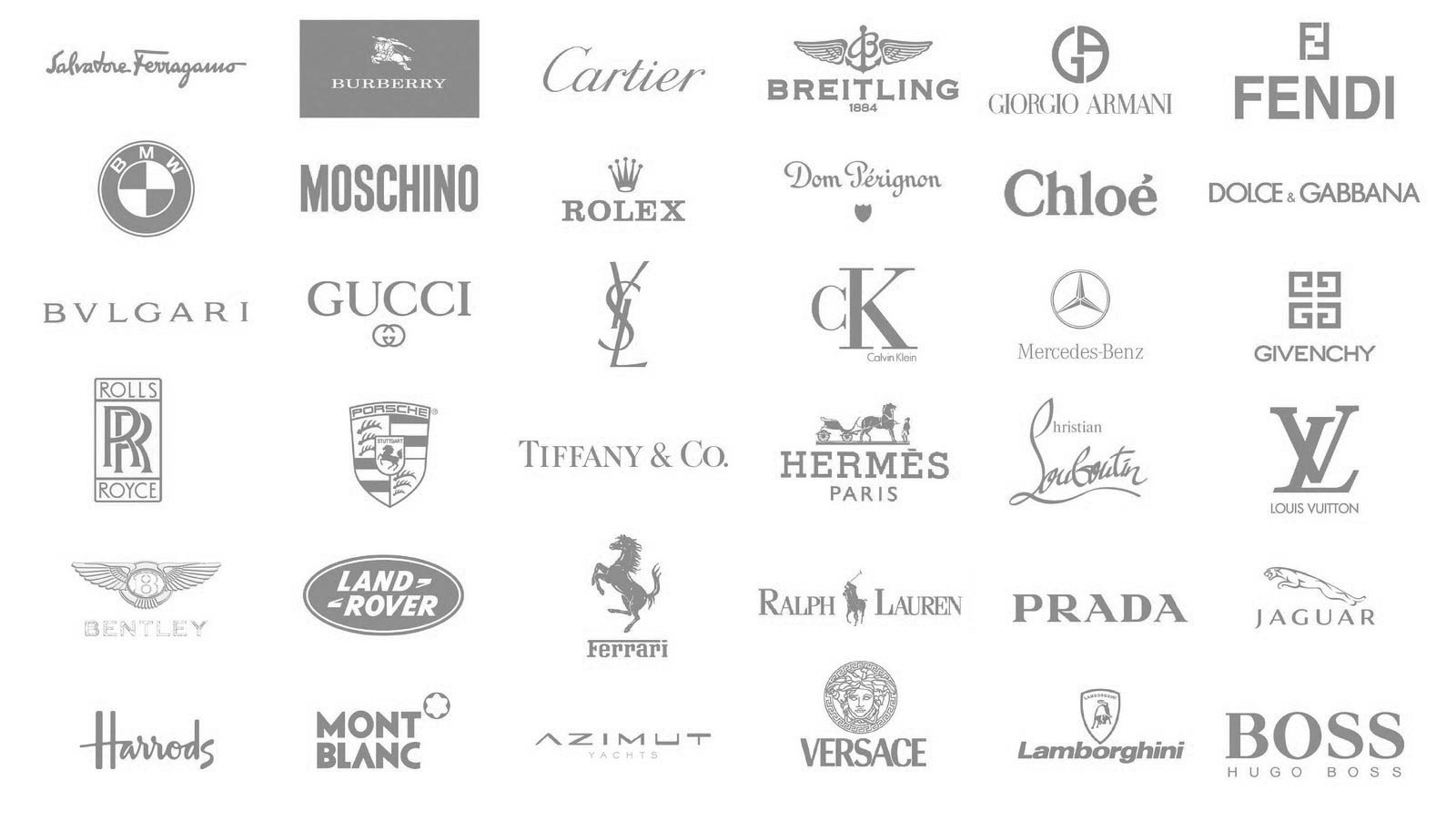

Once it’s added to the basket you might want to go back and make changes. It’s all very easy to use and your customers will be able to create their own custom looks in no time. They’ll have all the options you chose earlier and the ability to edit one element at a time. Once the customer hits this button they’re taken to the Product Builder where they can easily customize whatever you would have set up. With all the back-end stuff done, let’s have a look at what it converts to on the front-end.įirst of all, I chose the option of having a ‘Get Customizing’ button alongside the product in the Products page so the customer can see the initial product before customizing it. How it Looks & Functions on the Front-End Now head to the Fancy Product tab underneath it and from here we can not only add views for the product but also change the settings and import or export any views.

If we hit Edit Product we’re going to see a new option in Product Data called Fancy Product. I have a plain white t-shirt in my products section that I want to add a customizable logo and text to. Now that we’ve chosen the settings we want, we can head to our first Product. It works great and really helps shorten the time frame for solving any issues. There is also a Debug Mode option which when enabled will show a pop-up whenever you open a page on the front-end, showing you what might be going wrong or what might be missing. Product page determines how and where your product customizer will appear, be it in place of the product image or using a custom hook provided by Fancy Product Designer.įinally, under miscellaneous, you can play around with other options such as adding a Facebook or Instagram ID and setting hexadecimal color names and “Start Customizing” buttons. Under colors you can change the selection and boundary colors to match your theme, then in the menu bar section, you can choose what options you want to give your customers. Starting with the layout and skin, you’re free to change the theme as well as the size of the product stage and sidebar beside the location of where they’ll appear. You can have a look at my setup below.įrom here you’ve got the option to modify any setting you want, be it for the Layout & Skin, Colours, Menu Bar, Product Page, or other Miscellaneous bits and pieces. You’ll find these in the WooCommerce Settings page under their own tab. So, first up let’s have a look at the settings on offer for Fancy Product Designer. We’ll be looking at all these more closely as we go along. Besides this, under the Products tab in the sidebar you’ll also find two new options Fancy Products and Fancy Designs. You’ll now see that in the Settings section of the WooCommerce tab there is a new tab called Fancy Product Designer.

Just download the files you’re sent with your purchase, upload them through the Plugins section on your WordPress dashboard and hit activate.



 0 kommentar(er)
0 kommentar(er)
